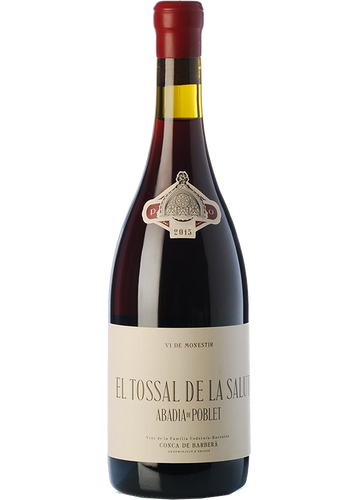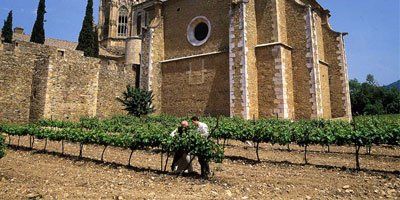| Type | Red wine |
|---|---|
| Region | |
| Grapes | |
| Producer | |
| Allergens | Contains sulfites |
| Alcohol contenti | 14.0% |
| Production | 1,200 bottles |

Spec sheet
The wine
What does this wine taste like?
View | Cherry red |
|---|---|
Bouquet | Higly aromatic / Spices / Balsamic aromas / Incense / Red fruit |
Mouth | Fresh / Juicy / Elegant / Long |
Drinking and storing
Serve between 15ºC and 17ºC
Ratings and awards
| 2019 | 92+ PK | |
|---|---|---|
| 2015 | 92 PK | 92 PN |
PK: ParkerPN: Peñín
Customer reviews
Vineyards
| Climate | Mediterranean with continental influence |
|---|
The winery
Vins Abadia de Poblet

Vins Abadía de Poblet was born out of the interest of the Cistercian Community to resume the Cistercian winemaking tradition, which dates back to the 11th century in Burgundy and was always associated with the Pinot Noir grape variety. In 1989 the Codorníu Group decided to join this project, which began with the planting of vineyards on the 9 hectares that are within the walled area of the Poblet Monastery. At the same time, a deep rehabilitation of the building begins, which...















